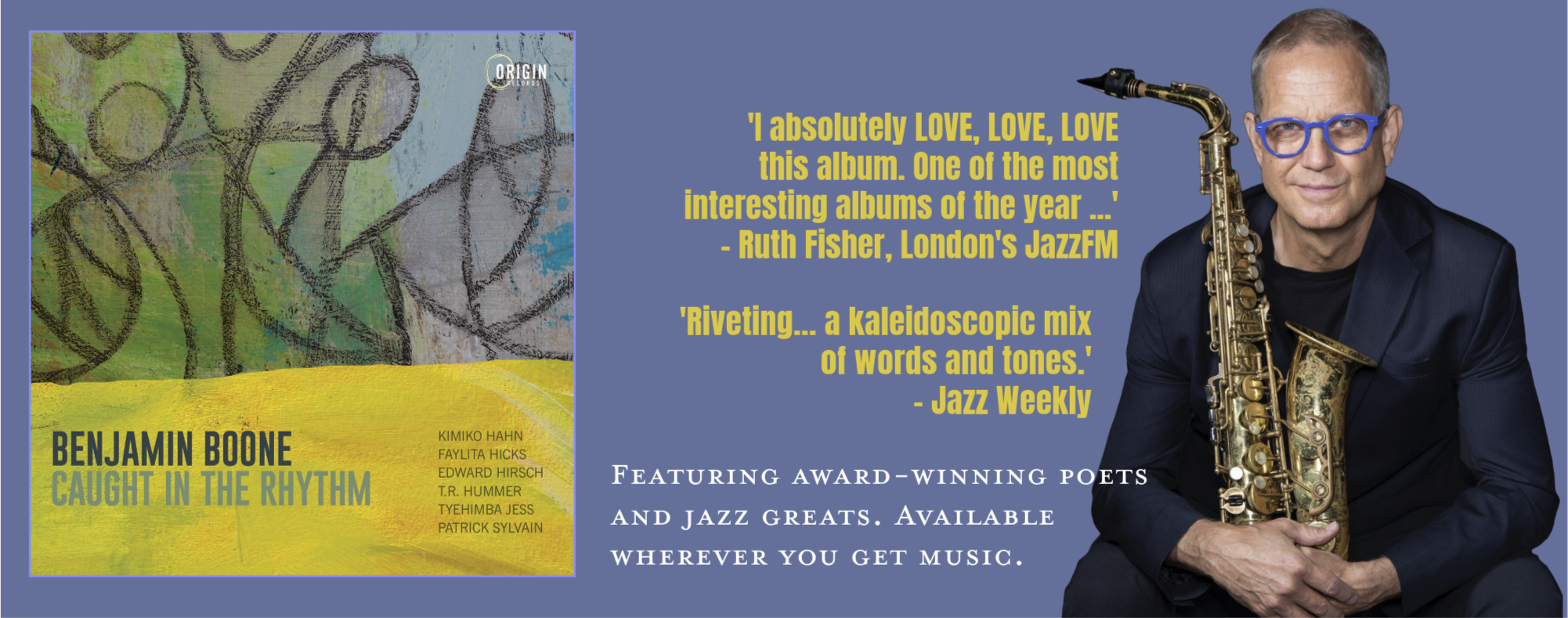Review: Organist Nathan Laube illuminates Bach for Keyboard Concerts
CONCERT REVIEW
I was utterly charmed by organist Nathan Laube. The globe-trotting musician’s Sunday performance as part of Fresno State’s Philip Lorenz International Keyboard Concerts series felt part intimate recital and part really good college lecture.
It was co-sponsored by the San Joaquin Valley Chapter, American Guild of Organists.
Here’s a recap:

Nathan Laube
The program: Laube pounded out a condensed version of none other than Johann Sebastian Bach’s mighty “Clavier-Übung III,” one of the most complex pieces of music ever written. This 27-movement behemoth, which sets the Latin Mass, can smother an audience with three-hours-plus worth of music when played from start to finish. (Listeners didn’t have Netflix to get home to back then.) Laube opted instead for a carefully curated program of 14 of those sections, pausing in between most to offer a music-history commentary packed with finicky Bach facts (man, was he a trip!) and gentle whimsy.
The composer: Thanks to Laube’s commentary, I have a new appreciation for what you might call Bach’s musical-mathematical giddiness. (His therapist might have called it an obsession.) Numerical patterns invigorated him. He was fascinated with variations on the number 14, because it was derived from the mystical numerological values of his name. And the sheer complexity of his compositions, with their precise structures, exact parameters and fiercely entwined contrapuntal themes, is amazing.
The history: Bach wasn’t exactly considered cutting-edge in his time — if there’d have been a “classic classical radio station” on the dial back then, he’d have been on it — and was criticized by music scholars for writing music that was too fussy and intellectual. (“You need two and a half brains to play that,” Laube said of the “Vater unser im Himmelreich.”) He also wrote pieces that were, frankly, really difficult to play.
The organist: Laube’s performance was striking, and to watch his hands flurry about on the keyboard and his feet pound the pedals was nearly hypnotic. But what really made the concert for me was his mini-lectures. (He’s an assistant professor of organ on the faculty of the Eastman School of Music.) As tall and skinny as an organ pipe, Laube — with the gentle demeanor of a Sunday School teacher but flashing a brisk wit that emerged throughout the presentation — brought a relaxed but intense passion on the subject to the audience.
The music: I kind of surprised myself: I liked some of Bach’s most dissonant and “thorniest” work, as Laube put it, including the “Kyrie, Gott heiliger Geist.” I wrote one word in my notebook: “chunky.” These weren’t smooth, lush melodies but instead twisted knots of notes that kept building on each other. As you ride on top of those sometimes grating chords, the resolution at the end seems that much more sweet.
The Munro Review has no paywall but is financially supported by readers who believe in its non-profit mission of bringing professional arts journalism to the central San Joaquin Valley. You can help by signing up for a monthly recurring paid membership or make a one-time donation of as little as $3. All memberships and donations are tax-deductible.
The experience: How to describe the impact of an intimate concert featuring an pipe organ? The sound is what gets you. The day before, I watched the new film “Mary Poppins Returns” on the big screen, because I firmly believe that all movie musicals be enjoyed in such a manner, and I noticed how the whoosh of sound filled and rattled me. And that comes from a seen-it-all 21st Century moviegoer. I imagined what it would have been like for someone in 1964, at the time of the original “Mary Poppins,” to experience such musical power (not to mention those special effects.). Now imagine what it would be like in the 18th Century, before an age of sophisticated speakers and wireless headphones, to sit in a church and have a tidal wave of Bach wash over you. It would have been awe-inspiring. Which is why Bach was hired to do it in the first place.










Walter Saul
Great coverage of an exceptional event!
In Christ, Walter Saul